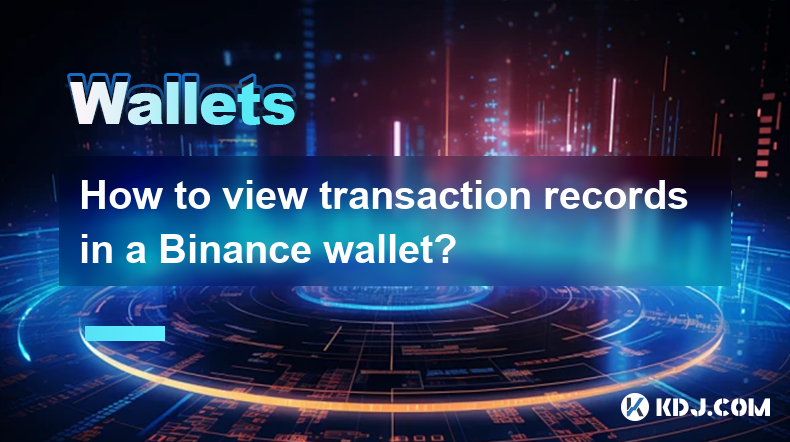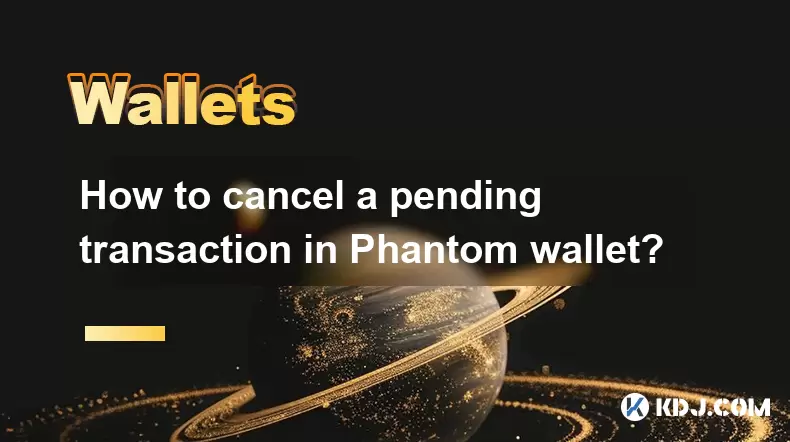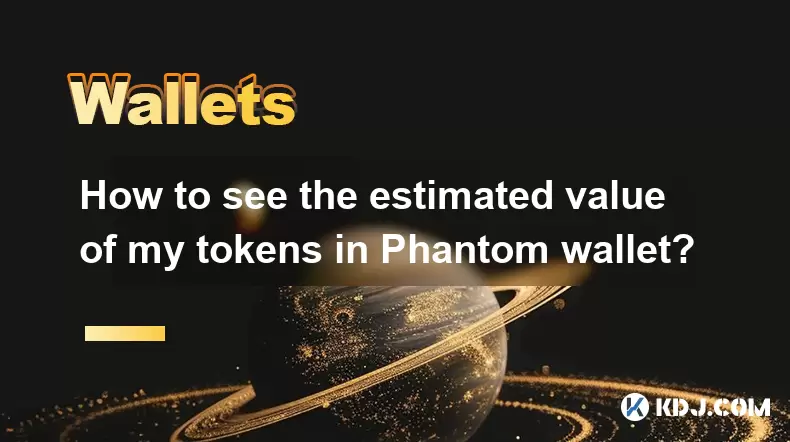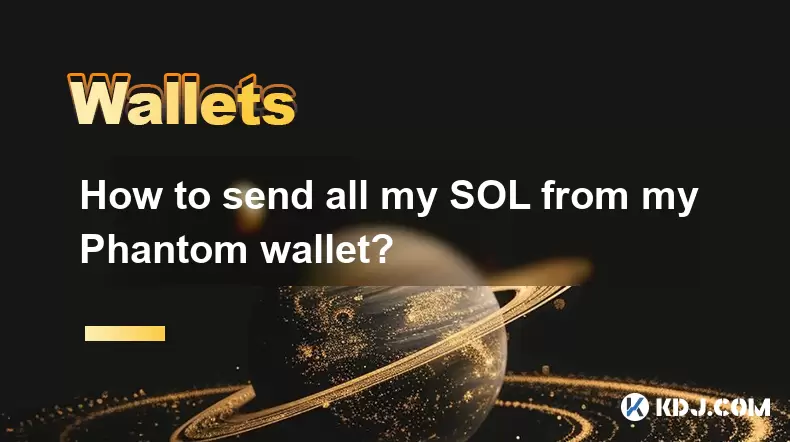-
 Bitcoin
Bitcoin $107,810.8710
-1.45% -
 Ethereum
Ethereum $2,531.4386
-1.75% -
 Tether USDt
Tether USDt $1.0000
-0.03% -
 XRP
XRP $2.2542
-0.99% -
 BNB
BNB $659.1350
-0.50% -
 Solana
Solana $148.5456
-2.40% -
 USDC
USDC $0.9999
-0.02% -
 TRON
TRON $0.2868
-0.44% -
 Dogecoin
Dogecoin $0.1666
-3.65% -
 Cardano
Cardano $0.5751
-2.36% -
 Hyperliquid
Hyperliquid $37.6845
-5.51% -
 Bitcoin Cash
Bitcoin Cash $494.9448
-0.65% -
 Sui
Sui $2.8396
-3.31% -
 Chainlink
Chainlink $13.2423
-2.59% -
 UNUS SED LEO
UNUS SED LEO $9.0482
0.02% -
 Stellar
Stellar $0.2467
-2.44% -
 Avalanche
Avalanche $17.8165
-3.63% -
 Shiba Inu
Shiba Inu $0.0...01158
-2.41% -
 Toncoin
Toncoin $2.7397
-3.42% -
 Hedera
Hedera $0.1560
-2.73% -
 Litecoin
Litecoin $85.8559
-2.34% -
 Monero
Monero $315.3710
-2.30% -
 Dai
Dai $1.0001
0.00% -
 Polkadot
Polkadot $3.3443
-2.03% -
 Ethena USDe
Ethena USDe $1.0001
0.01% -
 Bitget Token
Bitget Token $4.2888
-3.73% -
 Uniswap
Uniswap $7.3388
-1.57% -
 Aave
Aave $278.2986
-3.05% -
 Pepe
Pepe $0.0...09807
-3.67% -
 Pi
Pi $0.4563
-2.39%
How to view transaction records in a Binance wallet?
Access your Binance transaction history by logging in; detailed records, categorized by wallet type (Spot, Futures, etc.), are downloadable for record-keeping and tax purposes. Robust security measures protect your data.
Mar 24, 2025 at 10:28 am

Key Points:
- Accessing your Binance transaction history requires logging into your Binance account.
- Transaction details are categorized for easy navigation: Spot, Futures, Margin, etc.
- Different methods exist to export your transaction history for record-keeping.
- Understanding the information presented in each transaction record is crucial for tax reporting and security.
- Binance provides robust tools for managing and reviewing your cryptocurrency transactions.
How to View Transaction Records in a Binance Wallet?
Viewing your transaction history on Binance is a straightforward process, crucial for managing your crypto assets and understanding your trading activity. First, ensure you're logged into your Binance account. If you haven't already, enable two-factor authentication for enhanced security. Navigating to your transaction history involves finding the appropriate section within your account dashboard. The exact location might vary slightly depending on your device (desktop or mobile app), but it's usually prominently displayed.
Once logged in, you'll typically find a section labeled "Wallet" or a similar designation. Within the wallet section, you'll see different sub-accounts reflecting various trading activities: Spot Wallet, Futures Wallet, Margin Wallet, etc. Each of these wallets maintains its own independent transaction history. Selecting the relevant wallet will display the transactions associated with that specific account.
The transaction history page will present a detailed list of your transactions. Each entry typically includes the date and time of the transaction, the asset traded (e.g., BTC, ETH), the quantity traded, the price at the time of the transaction, the transaction fee, and the resulting balance. Understanding these elements is key to reconciling your holdings and managing your tax obligations. The information is usually presented in a clear, tabular format for easy comprehension.
Binance allows you to filter your transaction history. This feature enables you to refine your search by date range, asset type, and transaction type (buy, sell, transfer, etc.). This is incredibly useful if you're looking for a specific transaction within a large dataset. This filtering functionality significantly reduces the time spent searching for a particular trade.
Beyond viewing individual transactions, Binance offers the option to download your transaction history. This is particularly important for tax purposes or for maintaining comprehensive records of your cryptocurrency activities. Typically, you can download your history as a CSV file, easily importable into spreadsheets for analysis and organization. The download process usually involves selecting a date range and then initiating the download.
Different types of transactions are recorded separately. For example, spot trading transactions will appear in your Spot Wallet history, while futures trading transactions will be logged in your Futures Wallet history. This segregation is important to maintain a clear record of your activities across different trading platforms within Binance.
Understanding the nuances of different transaction types is crucial. For example, a "buy" transaction will show the amount of fiat currency or cryptocurrency spent and the amount of cryptocurrency received. A "sell" transaction will show the reverse: the amount of cryptocurrency sold and the amount of fiat currency or cryptocurrency received.
For transfers between wallets within Binance, these will also be recorded. These internal transfers show the movement of assets from one wallet to another, such as from your Spot Wallet to your Margin Wallet. These records are essential for tracking the overall flow of your crypto assets across the Binance platform.
Binance’s security features extend to your transaction history. Access to your transaction history is protected by your account login credentials and any additional security measures you’ve enabled, such as two-factor authentication (2FA). This ensures only you can access your sensitive transaction data.
Remember to regularly review your transaction history to ensure the accuracy of your records and to identify any discrepancies promptly. This proactive approach helps maintain a clear picture of your crypto holdings and trading activities. It's also advisable to keep a separate, secure offline backup of your transaction history for added security.
Frequently Asked Questions:
Q: How do I find my Binance transaction ID?
A: Each transaction on Binance is assigned a unique transaction ID. This ID is usually visible in the details of each transaction within your transaction history. It's a crucial piece of information for support inquiries or investigations.
Q: Can I download my entire transaction history from Binance?
A: Yes, Binance generally allows you to download your transaction history in CSV format. You can usually specify a date range for the download.
Q: What if I can't find a specific transaction?
A: Use Binance's filtering tools to narrow down your search by date, asset, and transaction type. If you still can't find it, contact Binance support.
Q: Are my transaction records secure on Binance?
A: Binance employs security measures to protect your transaction data. However, maintaining strong account security practices, including using a strong password and 2FA, is crucial.
Q: How do I interpret the fees shown in my transaction history?
A: The fees shown represent the charges Binance levies for processing your transactions. These fees vary depending on the type of transaction and the asset involved. The details are typically shown within each transaction record.
Disclaimer:info@kdj.com
The information provided is not trading advice. kdj.com does not assume any responsibility for any investments made based on the information provided in this article. Cryptocurrencies are highly volatile and it is highly recommended that you invest with caution after thorough research!
If you believe that the content used on this website infringes your copyright, please contact us immediately (info@kdj.com) and we will delete it promptly.
- BlockDAG Leads the Web3 Race with Sports Partnerships and Strategic Pricing
- 2025-07-08 10:50:12
- Pepe, Dogecoin, Shiba Inu: Meme Coin Mania or Calculated Crypto?
- 2025-07-08 10:30:12
- Bitcoin, Ethereum, and Tariff Tussles: Decoding the Crypto Market's Latest Moves
- 2025-07-08 10:30:12
- BOOM Airdrop 2025: Claim Tokens and Join the Web3 Revolution
- 2025-07-08 10:35:12
- Ethereum, Exchanges, and Price Resilience: Navigating the Crypto Landscape
- 2025-07-08 08:30:13
- Bitcoin's NVT Golden Cross: Is a Local Top Brewing?
- 2025-07-08 09:10:11
Related knowledge

How to cancel a pending transaction in Phantom wallet?
Jul 03,2025 at 07:21pm
Understanding Pending Transactions in Phantom WalletA pending transaction in the Phantom wallet occurs when a user initiates a transfer or interaction with the Solana blockchain, but it hasn't yet been confirmed by the network. This can happen due to various reasons such as low transaction fees, network congestion, or incorrect gas settings. It's import...

How to see the estimated value of my tokens in Phantom wallet?
Jul 04,2025 at 12:21am
What is Phantom Wallet?Phantom wallet is one of the most popular cryptocurrency wallets designed for the Solana blockchain. It allows users to store, send, receive, and manage various tokens built on Solana, including SPL tokens and NFTs. The wallet offers a user-friendly interface, making it accessible for both beginners and advanced users in the crypt...

How to lock my Phantom wallet extension?
Jul 03,2025 at 11:14am
What Is the Phantom Wallet and Why Lock It?The Phantom wallet is a popular non-custodial cryptocurrency wallet designed for interacting with the Solana blockchain. Supporting both browser extensions and mobile apps, Phantom allows users to store, send, receive, and stake SOL tokens, as well as interact with decentralized applications (dApps). Securing y...

Does Phantom wallet offer two-factor authentication (2FA)?
Jul 03,2025 at 09:00am
Understanding Phantom Wallet and Its Security FeaturesPhantom wallet is a widely used non-custodial cryptocurrency wallet that supports the Solana blockchain. It allows users to store, send, receive, and interact with decentralized applications (dApps) seamlessly. As security is a top priority for any crypto wallet user, security features like two-facto...

How to send all my SOL from my Phantom wallet?
Jul 06,2025 at 10:00am
Preparing to Send SOL from Your Phantom WalletBefore initiating any transaction, it is crucial to ensure that your Phantom wallet is fully set up and connected to the correct network. Phantom supports multiple networks, but for sending SOL, you must be on the Solana blockchain. Confirm this by checking the network indicator in the top-right corner of th...

What is "rent" on Solana and how does it affect my Phantom wallet?
Jul 02,2025 at 08:35pm
Understanding 'Rent' on SolanaIn the context of Solana, the term 'rent' refers to a storage fee that users pay for maintaining data on the blockchain. Unlike Ethereum, where storage costs are paid once via gas fees during contract deployment, Solana implements a recurring cost model to ensure efficient usage of network resources. This means that any acc...

How to cancel a pending transaction in Phantom wallet?
Jul 03,2025 at 07:21pm
Understanding Pending Transactions in Phantom WalletA pending transaction in the Phantom wallet occurs when a user initiates a transfer or interaction with the Solana blockchain, but it hasn't yet been confirmed by the network. This can happen due to various reasons such as low transaction fees, network congestion, or incorrect gas settings. It's import...

How to see the estimated value of my tokens in Phantom wallet?
Jul 04,2025 at 12:21am
What is Phantom Wallet?Phantom wallet is one of the most popular cryptocurrency wallets designed for the Solana blockchain. It allows users to store, send, receive, and manage various tokens built on Solana, including SPL tokens and NFTs. The wallet offers a user-friendly interface, making it accessible for both beginners and advanced users in the crypt...

How to lock my Phantom wallet extension?
Jul 03,2025 at 11:14am
What Is the Phantom Wallet and Why Lock It?The Phantom wallet is a popular non-custodial cryptocurrency wallet designed for interacting with the Solana blockchain. Supporting both browser extensions and mobile apps, Phantom allows users to store, send, receive, and stake SOL tokens, as well as interact with decentralized applications (dApps). Securing y...

Does Phantom wallet offer two-factor authentication (2FA)?
Jul 03,2025 at 09:00am
Understanding Phantom Wallet and Its Security FeaturesPhantom wallet is a widely used non-custodial cryptocurrency wallet that supports the Solana blockchain. It allows users to store, send, receive, and interact with decentralized applications (dApps) seamlessly. As security is a top priority for any crypto wallet user, security features like two-facto...

How to send all my SOL from my Phantom wallet?
Jul 06,2025 at 10:00am
Preparing to Send SOL from Your Phantom WalletBefore initiating any transaction, it is crucial to ensure that your Phantom wallet is fully set up and connected to the correct network. Phantom supports multiple networks, but for sending SOL, you must be on the Solana blockchain. Confirm this by checking the network indicator in the top-right corner of th...

What is "rent" on Solana and how does it affect my Phantom wallet?
Jul 02,2025 at 08:35pm
Understanding 'Rent' on SolanaIn the context of Solana, the term 'rent' refers to a storage fee that users pay for maintaining data on the blockchain. Unlike Ethereum, where storage costs are paid once via gas fees during contract deployment, Solana implements a recurring cost model to ensure efficient usage of network resources. This means that any acc...
See all articles

























































































